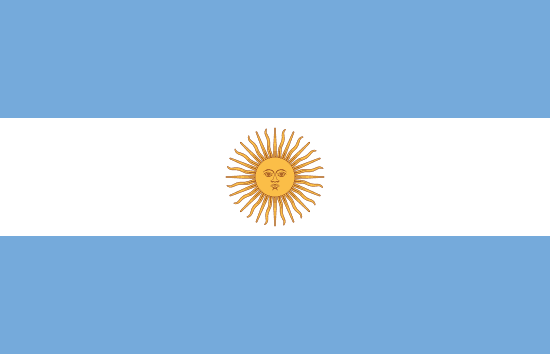"Madryn, puerta de la Patagonia | Madryn, gateway to Patagonia"
About:
Puerto Madryn, a city in Argentina's Chubut Province, was founded on July 28, 1865 by Welsh immigrants, who named it after Baron Madryn of Wales. Its growth was spurred by the arrival of the Central Chubut Railway in 1886. In the 20th century, it became an important industrial center, particularly for aluminum production. Today, it's known for its beautiful beaches, wildlife, and as a gateway to the Peninsula Valdes, a UNESCO World Heritage site.
When to visit:
Puerto Madryn, located in the Argentine Patagonia, is a popular destination known for its diverse marine wildlife and stunning coastal scenery. The best time to visit Puerto Madryn is during the austral spring and summer months from October to March when the weather is mild and pleasant for outdoor activities. This period also coincides with the peak season for whale watching, as southern right whales migrate to the waters off the coast of Puerto Madryn to breed and calve. Visitors can also enjoy the warm temperatures and clear skies perfect for exploring the nearby Valdes Peninsula and its wildlife reserves.
When to avoid:
Traveling to Puerto Madryn, Argentina during the winter months of June to August is considered the worst time for a holiday due to the cold and windy weather conditions. Winter in this region can bring temperatures as low as 5°C (41°F) and strong winds, making outdoor activities less enjoyable. Additionally, many tourist attractions, such as boat tours to see whales or penguins, may be less accessible or unavailable during this time. It is advisable to plan your visit to Puerto Madryn during the warmer months of November to March for a more pleasant and enjoyable holiday experience.
"Winter (June–August)"
In Puerto Madryn, winter (June-August) is the coldest period, with temperatures ranging from 3-12°C. Rainfall is minimal, averaging 15-20mm monthly. Days are shorter with about 6-7 hours of sunlight. Overcast skies are common, but snow is rare. An average day for a visitor involves chilly winds, so warm clothes are essential. Despite the cold, it's an ideal time for whale watching as Southern Right whales migrate here during this period.
"Summer (December–February)"
In Puerto Madryn, Argentina, the warmest part of the year typically spans from December to February, during the Southern Hemisphere's summer. Average high temperatures range from 24°C to 28°C (75°F to 82°F) and lows from 14°C to 17°C (57°F to 63°F).
Rainfall is relatively low in these months, with an average of 10-20mm per month. It's the sunniest part of the year, with an average of 8-10 hours of sunlight per day. Humidity is moderate, usually around 50-60%, which doesn't make the heat feel oppressive.
Cloudiness is variable, but clear or mostly clear weather is more common, providing many beautiful sunny days.
A typical day for a visitor during this period would feel pleasantly warm, perfect for outdoor activities. The mornings start cool, then gradually warm up, reaching the peak in the afternoon. The evenings are cooler but comfortable. The low rainfall and high sunshine hours make it a great time for beach activities, wildlife watching, and exploring the city. However, it's always a good idea to have sunscreen and a hat due to the strong summer sun.
Language:
Spanish is the primary language spoken in Puerto Madryn, Argentina. This is due to the country's Spanish colonial history. However, given the city's significant Welsh immigrant population, Welsh is also commonly spoken. This unique blend of languages reflects Puerto Madryn's rich cultural heritage.




